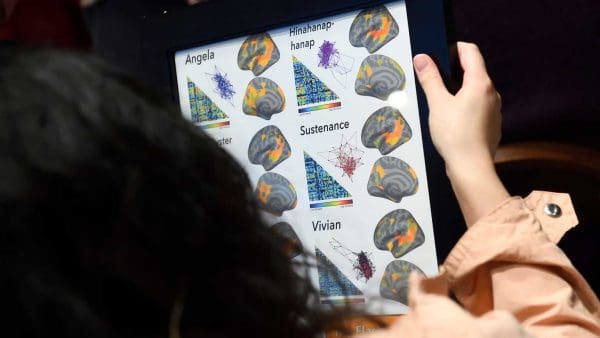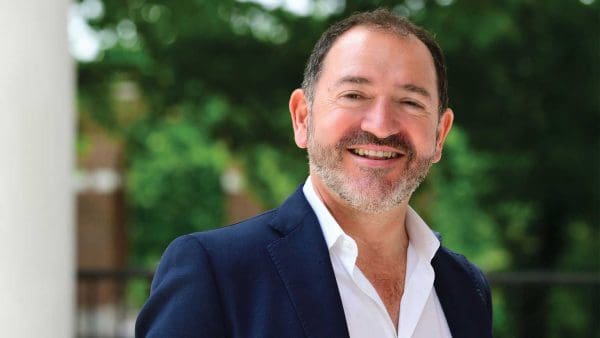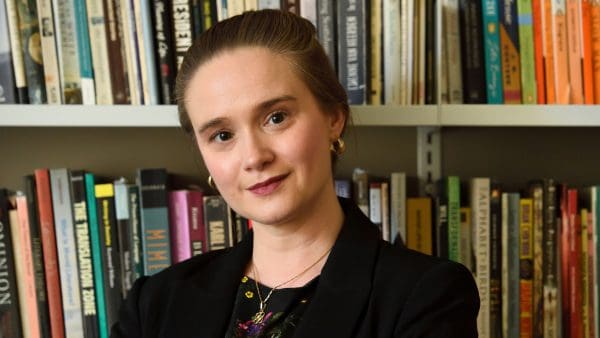Some were disappointed but certainly no one was surprised when university leadership announced that all undergraduate classes and activities would be online for the fall semester due to concerns about the spread of COVID-19.
After hoping for a hybrid semester, where some courses would be offered online and others in person, following safety protocol from the U.S. Centers for Disease Control and Prevention, faculty members had to pivot to making their courses remote, yet maintain the same level of student engagement.
“Even as we talked extensively about how to make limited in-person instruction and other activities possible this fall, we knew there were aspects of those plans and decisions that were far beyond our control,” says Stephen Gange, executive vice provost for academic affairs and one of the leaders of the university’s operational responses to COVID-19.
John Toscano, interim dean of the Krieger School of Arts and Sciences, worked with faculty, staff, and school administrators to begin building out technologically wired studios on and off campus, enabling faculty members to teach in new ways. The Krieger School established 30 wired studios, including 16 that are located off campus.
“It’s obviously true that this semester did not begin as we had hoped,” says Toscano. “But our experts worked around the clock to implement innovative technologies to give faculty and students effective platforms to meet in virtual spaces.”
The semester kicked off on August 23 with the university’s first-ever digital convocation ceremony for first-year and transfer students. It featured musical performances by student groups, speeches from faculty members and university leaders, and a virtual journey around the world as students were welcomed to the Hopkins family.
Classes started on August 31, and by mid-September online courses were up and running with no more than a few hiccups.
Doug Barrick, professor and chair of the Department of Biophysics, said he wasn’t sure at first what to expect with teaching from one of the new studios, which allow instructors to broadcast class sessions using state-of-the-art equipment rather than relying on ad hoc home studios.
“Standing in front of a large screen that shows 25 students in gallery mode lets me interact with them much better than I would have guessed and much better than I can do with my laptop,” says Barrick. “I can read their facial expressions, tell when they are confused, and also tell when they have gotten it. And students are more engaged and interactive than I expected. Surprisingly, after class I have at least 25 students—a full screen, there are 53 students total—hanging around for five to 10 minutes to ask questions and discuss answers. That level of discussion doesn’t usually happen in my in-person classes.”
Aliza Watters, a lecturer in the Expository Writing Program, says she, too, was unsure of how the remote studios would work.
“I am not tech-savvy by any stretch, and yet it was straightforward to make happen, and also awesome to see my students on a big screen,” says Watters. “My students loved seeing me in an actual classroom, on campus. I’d suspected as much, because they are first-years, but the whole exchange felt at once more intimate and more professional.”




